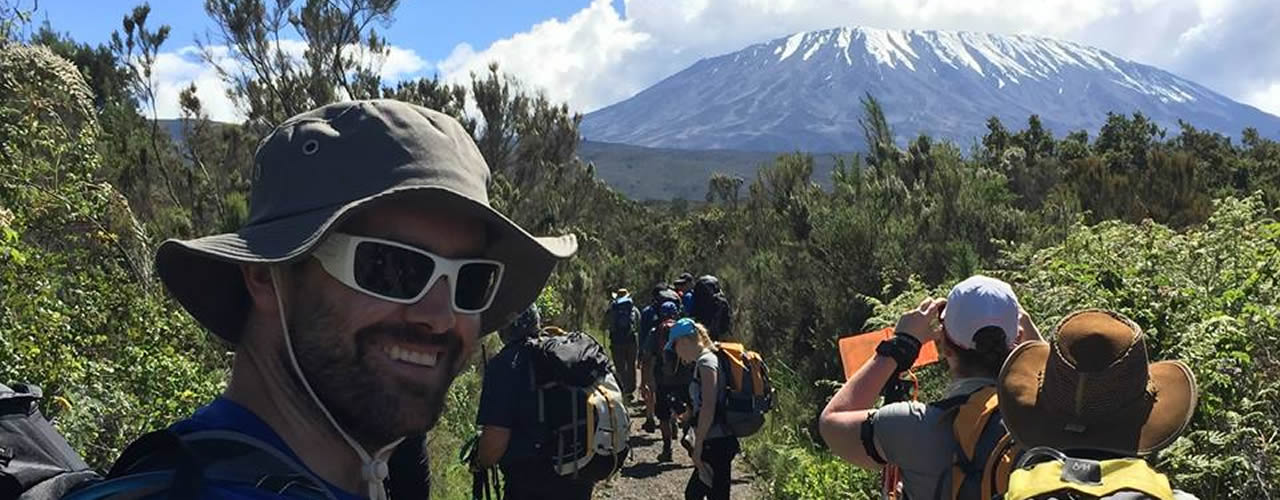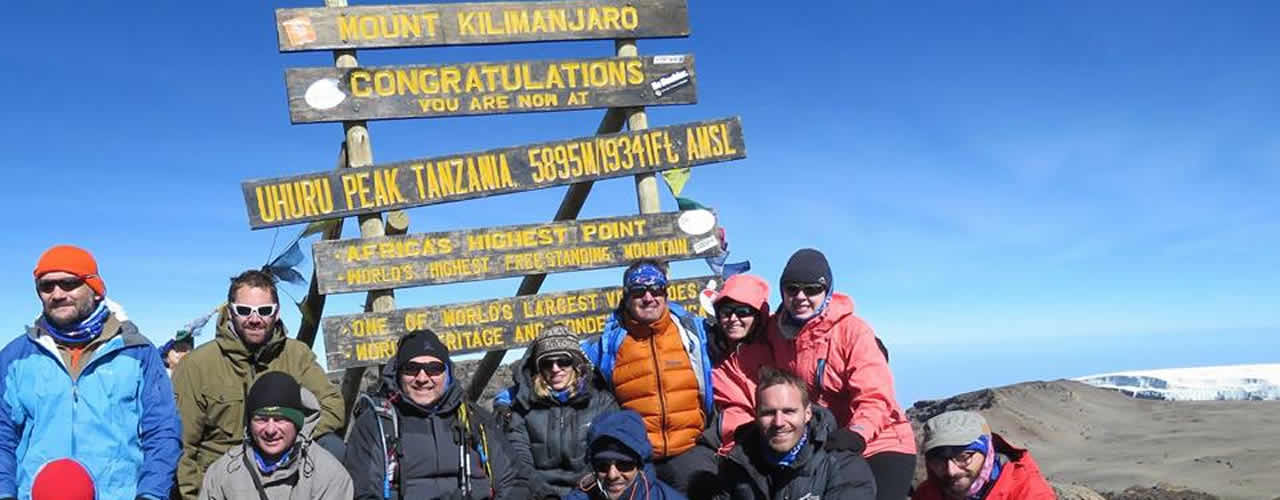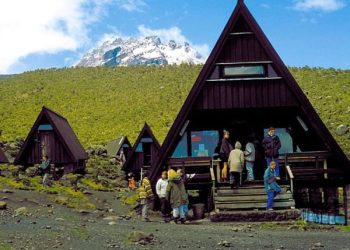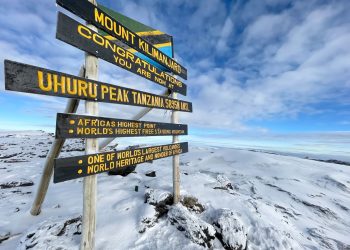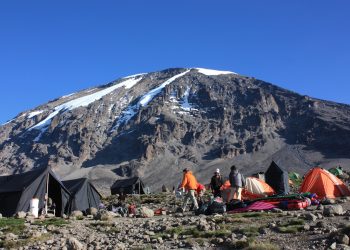Mount Kilimanjaro, Africa’s highest mountain, stands tall at 5,895 meters (19,341 feet) above sea level. Located in Tanzania, this dormant volcano attracts thousands of adventurers each year. Climbing Kilimanjaro is a dream for many, offering breathtaking scenery, diverse landscapes, and an unmatched sense of accomplishment.
Why Climb Mount Kilimanjaro?
- The Highest Freestanding Mountain in the World – Unlike mountain ranges, Kilimanjaro stands alone, making it a unique climbing experience.
- No Technical Climbing Skills Required – Unlike Mount Everest, Kilimanjaro does not require ropes or climbing gear.
- Diverse Climate Zones – Experience five distinct ecological zones, from rainforest to Arctic desert.
- A Bucket-List Adventure – One of the most iconic and rewarding hikes in the world.
Best Time to Climb Kilimanjaro
The best months to climb Kilimanjaro are:
- January to March – Cooler temperatures and less crowded trails.
- June to October – Dry season with excellent visibility, but more crowded.
- Avoid April, May, and November – These months have heavy rains, making trails slippery and challenging.
Choosing the Right Route
There are several routes to climb Kilimanjaro, each offering different experiences:
1. Marangu Route (Coca-Cola Route)
- Duration: 5-6 days
- Difficulty: Moderate
- Pros: Hut accommodation, shorter duration
- Cons: Lower success rate due to quick ascent
2. Machame Route (Whiskey Route)
- Duration: 6-7 days
- Difficulty: Challenging
- Pros: Scenic, high success rate
- Cons: Physically demanding
3. Lemosho Route
- Duration: 7-8 days
- Difficulty: Moderate to difficult
- Pros: Less crowded, high success rate
- Cons: Longer and more expensive
4. Rongai Route
- Duration: 6-7 days
- Difficulty: Moderate
- Pros: Less crowded, gradual ascent
- Cons: Less scenic
5. Northern Circuit Route
- Duration: 9 days
- Difficulty: Moderate to challenging
- Pros: Best acclimatization, high success rate
- Cons: Longest and most expensive route
Physical Preparation and Training
Climbing Kilimanjaro requires proper fitness and endurance. Key training tips:
- Cardio Workouts – Hiking, running, and cycling help build stamina.
- Strength Training – Focus on legs, core, and upper body strength.
- Altitude Training – Practice hiking at higher elevations if possible.
- Mental Preparation – Be ready for long treks and changing weather conditions.
Packing List for Climbing Kilimanjaro
Essential Gear:
- Waterproof hiking boots
- Layered clothing (base, mid, and outer layers)
- Sleeping bag (rated for sub-zero temperatures)
- Trekking poles
- Headlamp with extra batteries
- Sunglasses and sunscreen
- Hydration system (water bottles or CamelBak)
What to Expect During the Climb
Day-by-Day Experience
- Day 1-2: Start at the rainforest zone with lush vegetation.
- Day 3-4: Transition to the moorland and alpine desert zones.
- Summit Night: A midnight ascent to Uhuru Peak for sunrise.
- Descent: A rapid descent back to lower altitudes.
Common Challenges and How to Overcome Them
1. Altitude Sickness
- Symptoms: Headache, nausea, dizziness
- Prevention: Acclimatize properly, drink plenty of water, ascend slowly.
2. Harsh Weather Conditions
- Be prepared for extreme cold, strong winds, and unpredictable weather changes.
3. Physical Exhaustion
- Pace yourself, eat energy-rich foods, and rest when needed.
Cost of Climbing Kilimanjaro
The cost varies based on route, tour operator, and services included:
- Budget Tours: $1,500 – $2,500
- Mid-Range Tours: $2,500 – $4,000
- Luxury Tours: $4,000 – $7,000+


